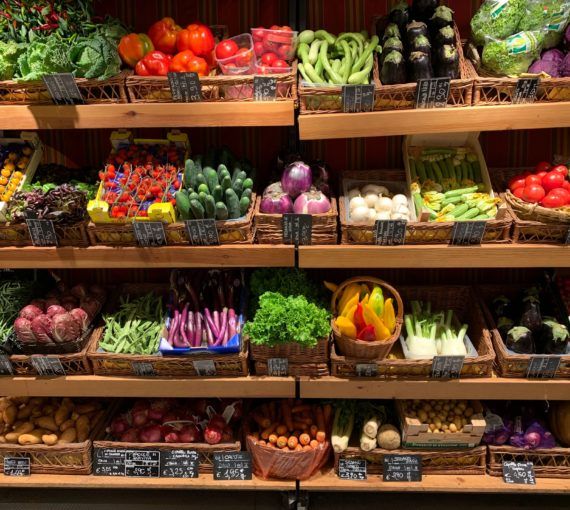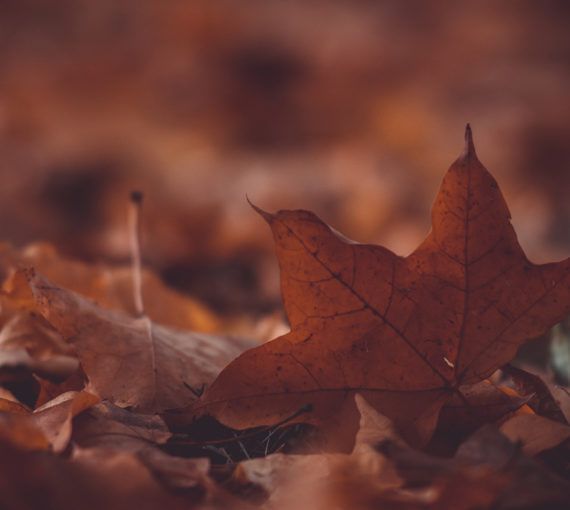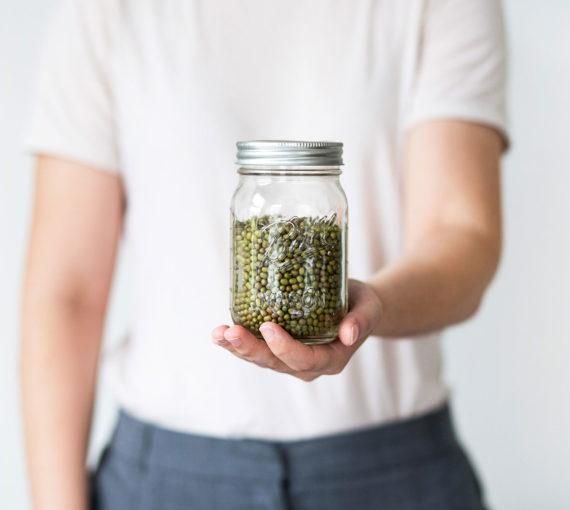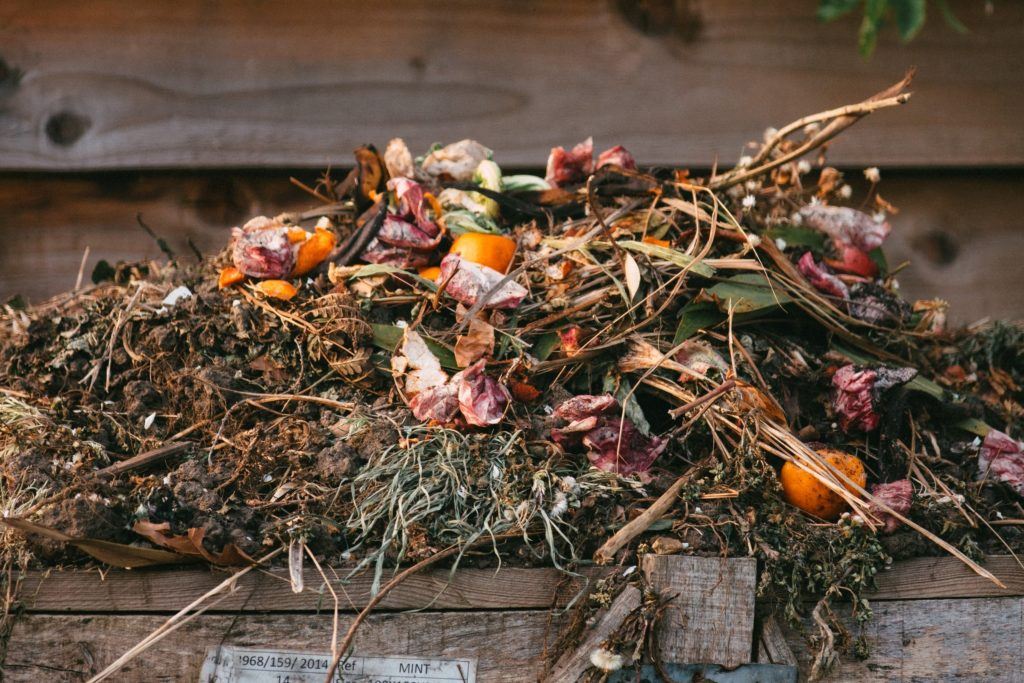
Composting is cheap and easy, and can turn some of your yard trimmings and kitchen scraps into plant food. Check out these tips, tricks, do’s and don’ts to backyard and indoor composting! (Photo: Edward Howell via Unsplash)
Composting is cheap and easy, and can turn some of your yard trimmings and kitchen scraps into plant food! Try raking it over your grass and spreading it around shrubs, trees and flowers. Or dig it into the soil of vegetable beds before you plant.
Backyard composting do’s and don’ts
What you should compost
Alternate layers of nitrogen-rich greens and carbon-rich browns.
Great greens
- Vegetable peelings
- Rotten fruit
- Coffee grounds
- Tea leaves
Best browns
- Dry leaves, grass and plant stalks
- Shredded newspaper (non-toxics only) or brown paper (e.g., paper bags)
- Cut-up cardboard (recycle larger pieces)
- Other paper (unbleached paper towels, napkins, etc. — wet is okay, but not greasy)
Also add
- Rinsed, crushed eggshells
- Pet hair, to help discourage rodents
What you shouldn’t compost
Avoid adding
- Oils and fats, bread products, rice and pasta, sauces, dairy products, nuts, fish and meat or bones. These will cause odour problems and attract pests.
- Dog or cat feces, kitty litter and human waste. Meat-eating animals may carry diseases in their poop and kitty litter may contain chemicals. (Learn how to compost pet waste properly!)
- Weeds with mature seeds. When you spread the compost, you’ll spread the weeds too.
- Treated wood products. These may contain harmful chemicals.
- Coal ash. It contains high levels of sulfur and iron which can damage plants.
- Yard trimmings treated with pesticides or herbicides.
Tips
- Select a level, partially shaded spot with good water drainage for your bin. Place it 20 to 30 centimetres away from walls, fences, bushes, doors and windows.
- Whenever you add a food layer (green or eggshells), top it with browns.
- The beneficial microorganisms in your compost pile need oxygen. Leave lots of air space in your bin, and mix the contents every week or two.
- Collect dry leaves and grass in a separate, dry container. Then you can add them year-round.
- Compost is generally ready to use after a few months.
- Don’t be alarmed if your pile steams or stinks — that means materials are decomposing.
- If you’re making your own bin, the ideal size is about one cubic metre.
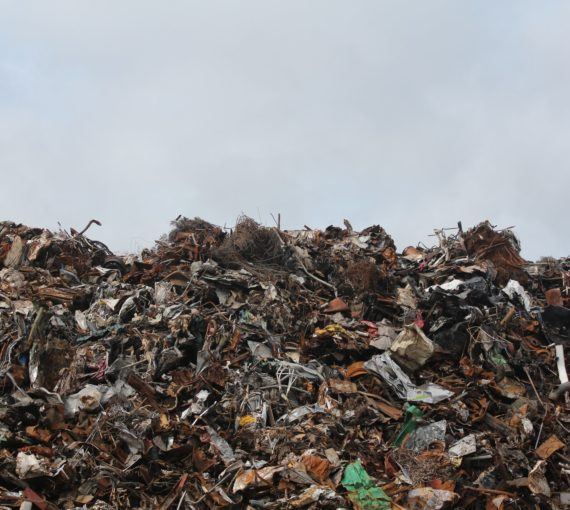
Did you know?
Organic waste that ends up in a landfill will decompose without oxygen and produce methane, a greenhouse gas.
Troubleshooting
Your compost pile is wet and stinky
- Problem: Too many greens.
- Solution: Add browns, turn pile and put scraps in the centre of the pile.
Your compost pile is dry
- Problem: Too many browns and not enough water.
- Solution: Add fresh kitchen scraps. Moisten the pile with water and cover to reduce evaporation.
Your compost pile is cold
- Problem: Lack of nitrogen.
- Solution: Add greens.
Your compost is attracting pests (rodents, racoons, etc.)
- Problem: Improper materials added and insufficient coverage.
- Solution: Use a pest-resistant bin. Avoid adding grease, oils, meats and breads.
Your compost is attracting fruit flies
- Problem: Food scraps are exposed.
- Solution: Put kitchen scraps in centre of pile and cover with greens and browns.

Did you know?
Compost contributes more nutrients to your yard and garden than sterilized peat moss.
Indoor composting do’s and don’ts
Not all communities or buildings in Canada offer green waste collection. Here are some alternatives to help end food waste and prevent organic materials from entering landfills.
Composting do’s
- Cut food scraps into smaller pieces for faster decomposition.
- A glass or metal container for collecting kitchen waste won’t hang onto odours the way plastics do. A tight-fitting lid will keep odours in and fruit flies out.
- If fruit flies bother you, store food scraps in the fridge or freezer.
- Try vermicomposting, which uses worms to aid in decomposition.
Don’t compost
- Plants or wood treated with pesticides or preservatives.
- Diseased or insect-infected plants.
- Dog or cat poop (learn how to compost it properly).
- Dairy, fats and oils.
- Meat and fish scraps.
Always check your municipal composting programs to make sure you meet requirements.
Tips
- Keep a stash of shredded paper or dry leaves on hand to soak up soggy food scraps and prevent odour.
- Ask your local municipal recycling program if they accept bioplastic, paper or coated carboard compost bags.
- Use your compost as a soil amendment for your garden or potted indoor plants.
- Try an electric countertop composter which uses aeration, heat and pulverization to reduce food waste volume, odour and emissions.
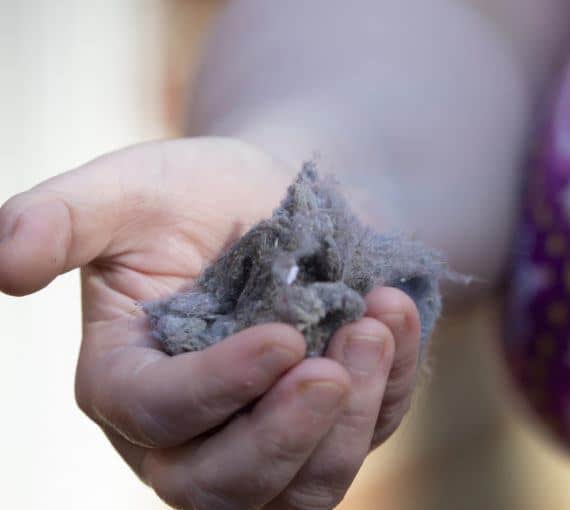
Did you know?
Finally — a use for dryer lint! Add it to your compost pile as a “brown.” Only use lint from biodegradable fibres like organic cotton, hemp, rayon, silk and wool — not synthetics like polyester and nylon, which are made from petroleum.

